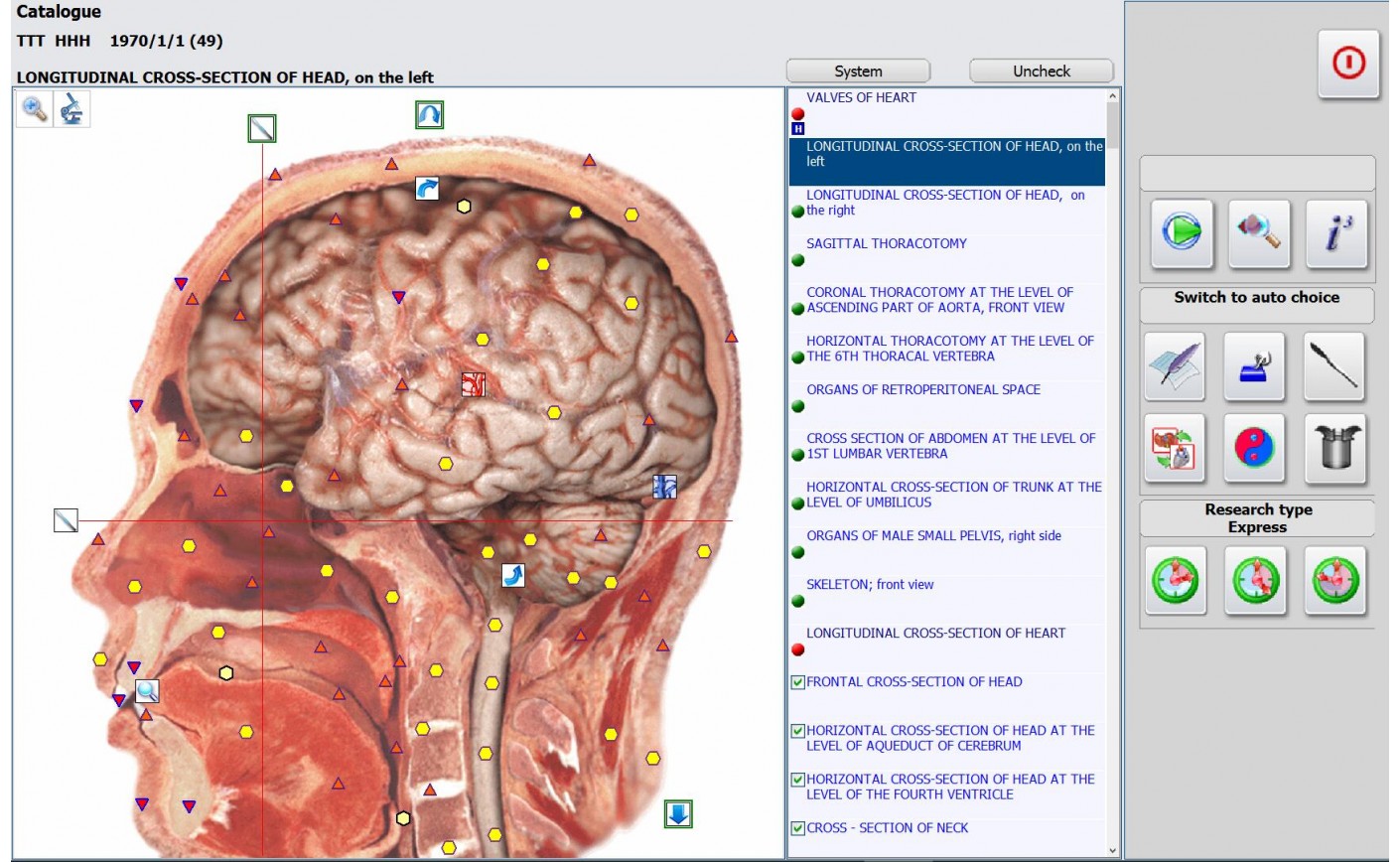Vascular Diseases And 3D NLS-method With Metatron 4025 Hunter
Today there is a world-wide tendency towards a steady rise in death rate caused by occlusive vascular diseases, especially by cerebrovascular disorders which are in the third place among death causes. This is due to a growing number of elderly and aged patients. From another point of view, many individuals even at 40 have atherosclerotic lesion of great head arteries and so need to be under clinical observation.
The most simple and at the same time informative method of noninvasive diagnosis of occlusive lesion of peripheral vessels appeared to be the 3D NLS-method, which has been in clinical practice just in recent years. Using this method, we can evaluate the condition of certain sections of great vessels in low extremities and that of brachiocephalic vessels.
It is possible to investigate not only the condition of vessels but also the condition of the valvular apparatus of deep veins. 205 patients were examined in order to reveal valvular insufficiency of deep veins affected by varicosis. The patients were from 20 to 69 years old. Among the examined patients there were 52 men (25.4%) and 153 women (74.6%). The investigation was carried out by means of ŌĆ£Metatron 4025 HunterŌĆØ apparatus using digital trigger sensors with a frequency of 4.9 GHz and a feature of three-dimensional visualization of organs and tissues. Valvular insufficiency of the femoral vein was revealed in 63 patients, and insufficiency of both femoral and popliteal veins was diagnosed in 87 patients. 3D NLS enables to assess the condition of the valvular apparatus of deep veins in low extremities on a noninvasive and objective basis which is very important for the surgery tactics to be chosen and can be used as an alternative to phlebography.
The spectral-entropic analysis method of the NLS-signal (SEA) has no contraindications and in terms of informativeness is comparable to angiography. It can be used to perform screening in the course of initial examination with a view to revealing early or latent forms of vascular pathology and also as a preliminary method for selecting patients for angiosurgical treatment as according to a number of specialists-angiologists, angiography should only be done for candidates for surgery picked out after preliminary 3D NLS- investigation. However, this method does not make it possible to assess volume characteristics of the blood current because 3D NLS does not enable to provide real vessel imaging and hence to measure the vessel. This kind of information may be received through Doppler systems with two-dimensional imaging which offer duplex and triplex scanning (the so-called Doppler chromatic charting).

